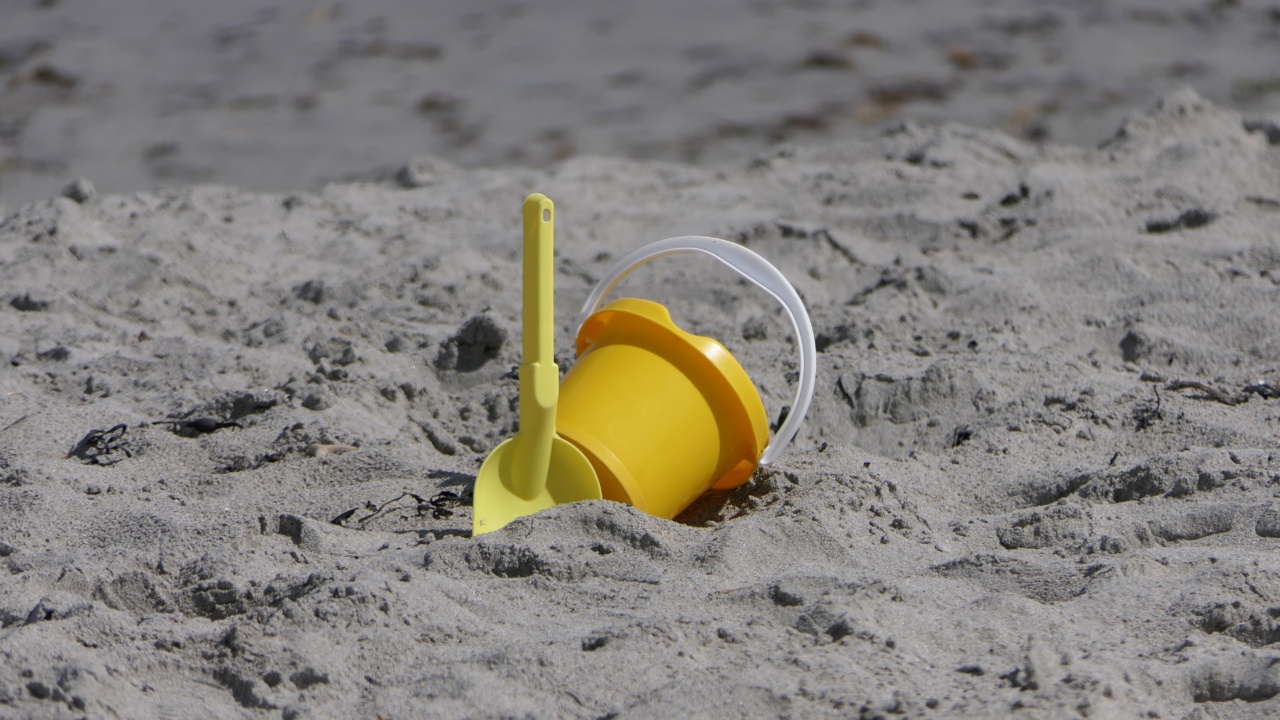Asthma is a chronic respiratory condition that affects millions of children worldwide. It causes inflammation and narrowing of the airways, making it difficult for them to breathe.
Viral infections are a common trigger for asthma attacks in children, especially during the winter months. In this article, we will explore the relationship between child asthma and viral infections.
What is Asthma?
Asthma is a chronic lung disease characterized by inflammation of the airways. This inflammation causes the airways to become narrow and makes it difficult for air to pass through them.
Asthma symptoms include coughing, wheezing, shortness of breath, and chest tightness.
Asthma is one of the most common chronic conditions affecting children. According to the Centers for Disease Control and Prevention (CDC), approximately 6 million children in the United States have asthma.
It is more common in boys than in girls, and it is more prevalent in African American and Hispanic children.
What Causes Asthma in Children?
The exact cause of asthma is not known, but it is believed to be a combination of environmental and genetic factors. Children who have a family history of asthma or allergies are more likely to develop asthma themselves.
Environmental factors, such as exposure to air pollution, secondhand smoke, and certain chemicals, may also trigger asthma in children.
What are Viral Infections?
Viral infections are caused by viruses, which are tiny organisms that can invade the body and cause illnesses. Viral infections are very common in children, especially during the winter months.
The most common viral infections that can trigger asthma attacks include the common cold, the flu, and respiratory syncytial virus (RSV).
How Do Viral Infections Trigger Asthma Attacks?
When a child with asthma is exposed to a viral infection, their immune system responds by producing inflammation in the airways. This inflammation can cause the airways to become narrow, making it difficult for air to pass through them.
The resulting symptoms can include coughing, wheezing, shortness of breath, and chest tightness.
Children with asthma are at a higher risk of developing complications from viral infections, such as pneumonia and bronchitis. They are also at a higher risk of hospitalization due to severe asthma attacks triggered by viral infections.
How Can Asthma Attacks be Prevented?
Preventing asthma attacks in children requires a multi-faceted approach. Here are some strategies that can help:.
- Avoiding Triggers: Identify and avoid triggers that can cause asthma flare-ups. Common triggers include allergens, air pollution, and certain foods.
- Taking Medications: Children with asthma may need to take medications to manage their symptoms. These medications may include inhalers, nebulizers, or oral medications.
- Maintaining Good Health: Children with asthma should practice good hygiene to reduce their risk of viral infections. This includes frequent hand-washing and avoiding contact with people who are sick.
- Getting Vaccinated: The flu vaccine and the pneumococcal vaccine can help reduce the risk of viral infections that can trigger asthma attacks.
What Should You Do If Your Child Has an Asthma Attack?
If your child has an asthma attack, it is important to act quickly to prevent serious complications. Here are some steps to take:.
- Use a Rescue Inhaler: If your child has a rescue inhaler, use it as directed to relieve symptoms.
- Stay Calm: Asthma attacks can be scary, but it is important to stay calm and reassure your child.
- Call for Help: If your child’s symptoms do not improve or they have trouble breathing, call for emergency medical help.
Conclusion
Viral infections are a common trigger for asthma attacks in children. Preventing asthma attacks requires a multi-faceted approach that includes avoiding triggers, taking medications, maintaining good health, and getting vaccinated.
If your child has an asthma attack, it is important to act quickly to prevent serious complications. By working closely with your child’s healthcare provider, you can help your child manage their asthma and lead a healthy, active life.































